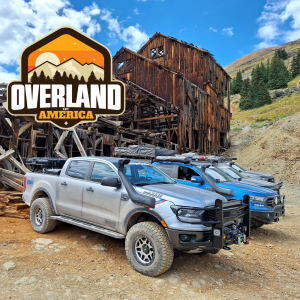+1 ^^^
Its actually part of the Emission systems so if you have to have inspections keep it intact
Fuel injected Rangers all have Cold Air Intakes(CAI)
There is an air tube from the rad support to the air filter box to pull in cooler air from behind the grill
On the tube is a vacuum controlled valve for the "pre-heater"
On the exhaust manifold are two metal shields bolted together making a "chamber" of sorts around the exhaust manifold
To connect the metal shields and the pre-heater valve a flexible hose is used, it looks like drier duct but made of metal
Google: pre-heater duct
You will see it
The emissions part
A cold engine has higher emissions that a warmed up engine, so the faster an engine warms up the better it can pass emissions testing, all new vehicles have to pass a cold engine idle test
On the top of the air cleaner box is a dual vacuum hose hook up, one hose goes to pre-heater valve, the other hose to the engine(vacuum source)
This dual hose unit is a A/CL BI MET, Air Cleaner Bi-Metallic Valve
Doesn't need power, when its cold the valve is open and when you start the cold engine the pre-heater valve opens a flap and air from around the exhaust manifold is pulled into the air filter box
Warm air within 20-30seconds
This warmer air will allow engine to warm up faster, the colder it is outside the faster the engine will warm up, so it can cut warm up time by 5 minutes if outside temp is 40degF
This warmer air also heats up the A/CL BI MET valve so it will close and engine goes back to using the Cold Air Intake for better power
Yes, in Florida its probably not a big deal to want the heater working ASAP, but as you go farther North the faster the engine heats up the better

These pre-heaters are kind of hidden away with fuel injection
With carburetors they were "in your face" ducts, lol
And yes people in the south often never put them back on if they were remove to do work on the engine
picture here:
https://shop.broncograveyard.com/images/carb_preheater_hose_5.jpg
You see the duct and the A/CL BI MET valve














